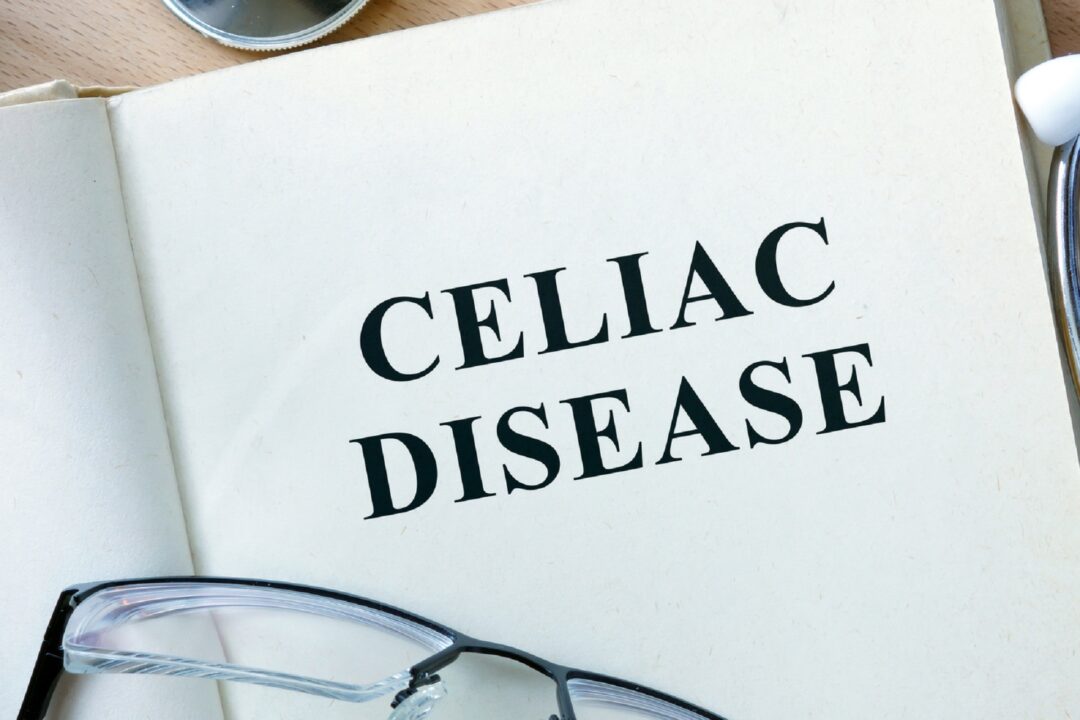The 1% Myth:let’s immediately break this myth that Celiac Disease (CD) affects only 1%. It’s a number based on a study1from 2003, which screened 0.00004% of the U.S. population. It was a great study because it showed the problem was bigger than anyone realized in the U.S. and that it wasn’t just a European issue, as was thought at that time. It was a step up in 2003 but it’s time for an update.
The massive flaw with measuring CD is the testing itself.To officially be diagnosed you need a biopsy showing “total villous atrophy”2(which means your intestines are totally damaged). That damage is measured in 5 stages3. If your doctor does a biopsy and sees you’re not at worst level of damage, he’ll send you home and suggest you pick up a sandwich on the way (this isn’t just my incurable sarcasm, it’s tragically the truth).
35% of the U.S. have the genes for CD4.That means those people are all somewhere on that spectrum of disease from level 1-5. Many will go through their entire lives thinking they’re healthy, but if you were born with it, how would you ever know the difference? I didn’t, and my nick name was “Iron Woman”. What if even half of those 35% are living sub-standard lives? And what if, like me, the trigger goes off one day and they’re in the hospital fighting for their life? The medical stats say many of them will lose that battle.
So we have ticking time bombs walking around suffering from degenerative disease or worse. “Worse” being increased risk of death 39% higher with CD and a whopping 72% higher with Non-Celiac Gluten Sensitivity (NCGS)5. Non-Celiac inflammation has higher morbidity. And this is a good time to mention NCGS is 3-4 times more prevalent than CD.
…stay with me… the numbers keep piling on…
We have the 1 in 8 issue to factor in:for every person diagnosed with CD, 8 more are not6(and they’re out there suffering, misdiagnosed, or dead prematurely).
By the way, that 1% number comes from “worst stage” total intestinal 5th level devastation; it doesn’t count the decades of illness a person with CD usually suffers before diagnosis.7(…that’s decades ofdocumented suffering published in major medical journals like The New England Journal of Medicine; I’m not talking about a quack in the jungle taking wild guesses)
Are you doing the math with me? We’re way beyond 1%.It was never 1% to begin with.It’s time to retire that number.
What does all this mean?It means you’re seeing people being damaged by gluten 30-50 times more than you realize. More than they realize. More than most doctors realize. And those people need your help… those time bombs don’t need to go off.
They need your helpin recognizing that "Celiac Disease is a much greater problem in the U.S. than has previously been appreciated"8and that “We do know that the number of individuals with gluten sensitivity is exploding.”9
References:
- Arch Intern Med. 2003 Feb 10;163(3):286-92
- BMJ VOLUME 330 2 APRIL 2005
- Eur J of Endocrinology (2002)146 479–483
- ”Genetic Testing” U of Chicago Celiac Disease Center
- JAMA, Sept 16, 2009, Vol 302, No.11
- Gut 2006;55:1037–1046
- NEJM Oct 23, 2003;1673-4
- ARCH INTERN MED/Vol 163, Feb 10, 2003
- ”Gluten Freedom”, Dr. Fasano, pediatric gastroenterologist, world-renowned expert in gluten related disorders, Director of The Celiac Research Center in Maryland
Jaqui
 Karr, CGP, CSN, CVD, is a best-selling author, speaker, and corporate consultant who specializes in educating about gluten, celiac disease, specialty diets, and health through nutrition. Her popular “NakedFood” brand has helped thousands include more power raw and healing greens in their diet. Ms. Karr is a certified gluten practitioner, certified sports nutritionist, and certified vegan/vegetarian educator to dietitians. http://jaquikarr.com
Karr, CGP, CSN, CVD, is a best-selling author, speaker, and corporate consultant who specializes in educating about gluten, celiac disease, specialty diets, and health through nutrition. Her popular “NakedFood” brand has helped thousands include more power raw and healing greens in their diet. Ms. Karr is a certified gluten practitioner, certified sports nutritionist, and certified vegan/vegetarian educator to dietitians. http://jaquikarr.com
Note: The statements presented in this column should not be considered medical advice or a way to diagnose or treat any disease or illness. Dietary supplements do not treat, cure or prevent any disease. Always feel the advice of a medical professional before altering your daily dietary regimen. The opinions presented here are those of the writer.
Published in WholeFoods Magazine Online, 9/29/16










